Le Labo Bukchon Hanok, Le Labo’s newest lab – nestled among traditional hanok homes that once housed nobility – is a contemporary perfumery emerging not as an imposition upon history, but as its natural evolution. The space opens with an immediate sensory declaration, introducing raw stone carved into a washing basin, its rough-hewn surface inviting touch while framing the ritual of cleansing between fragrance explorations.
This Seoul outpost represents something more than contemporary design practice – it is a seamless integration of traditional Korean craft techniques with modern sensory methodology. The designers approached the historic hanok not as a museum piece to be preserved under glass, but as a living framework capable of supporting contemporary making. The original stonework remains untouched, its weathered surfaces providing textural counterpoint to newly installed wooden floors. These floors build on tradition, creating new patterns that speak in the same visual language while serving modern functions.
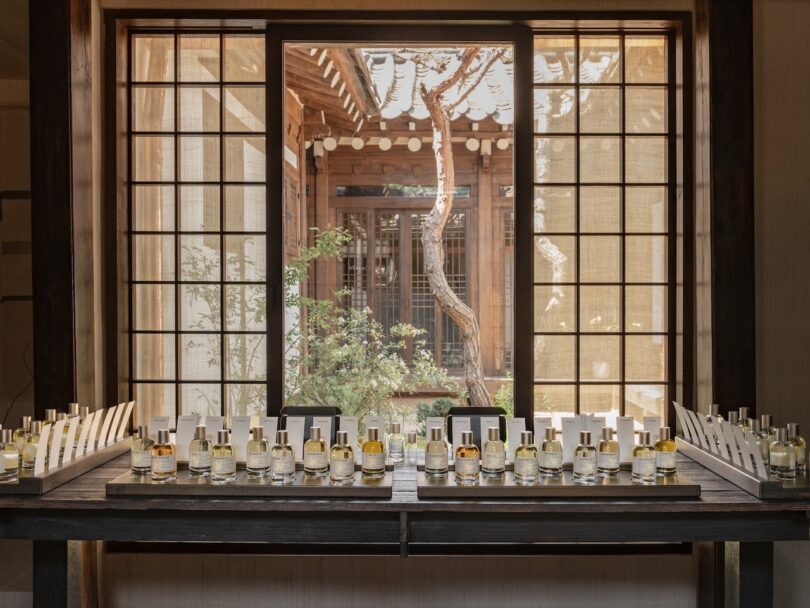
“The process of restoring this historic hanok has been a beautiful journey of finding a home in Seoul, one that is grounded in the profound harmony between traditional Korean design philosophy and our approach to artisanal fragrance. Our intention is for visitors to experience this lab as a sanctuary of the senses – embodying stillness, deep connection, and craftsmanship passed through generations,” explains Deborah Royer, Global Brand President & Creative Director of Le Labo Fragrances.
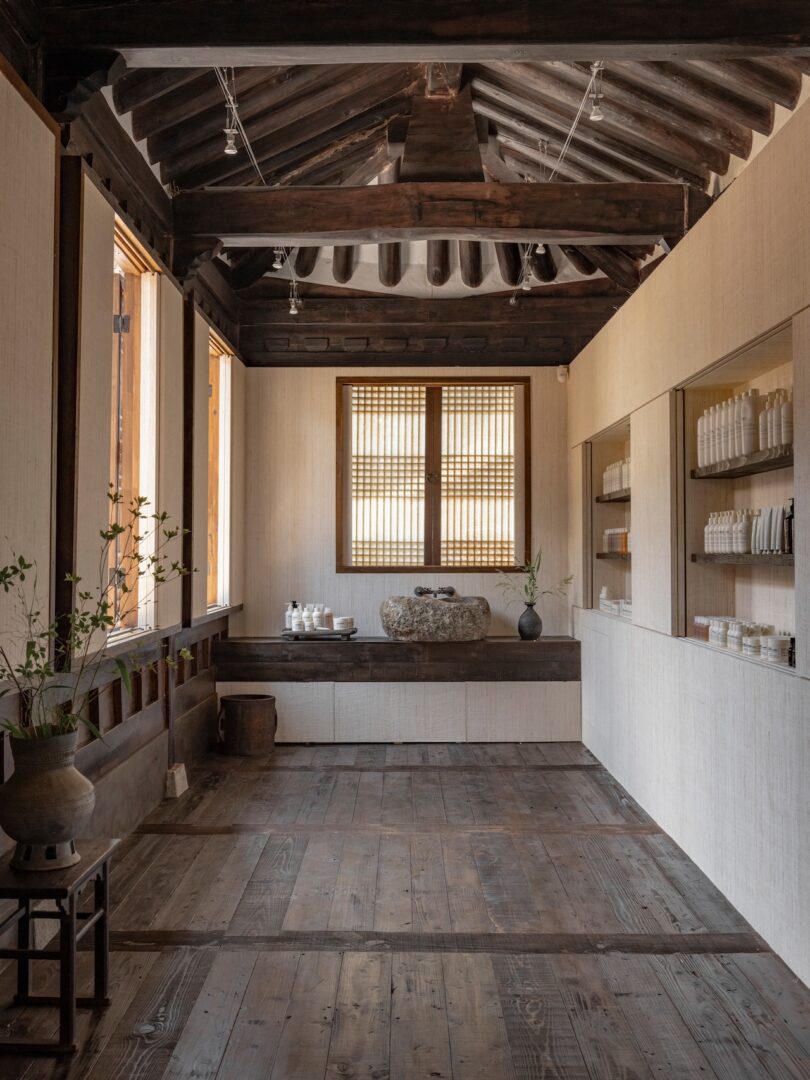
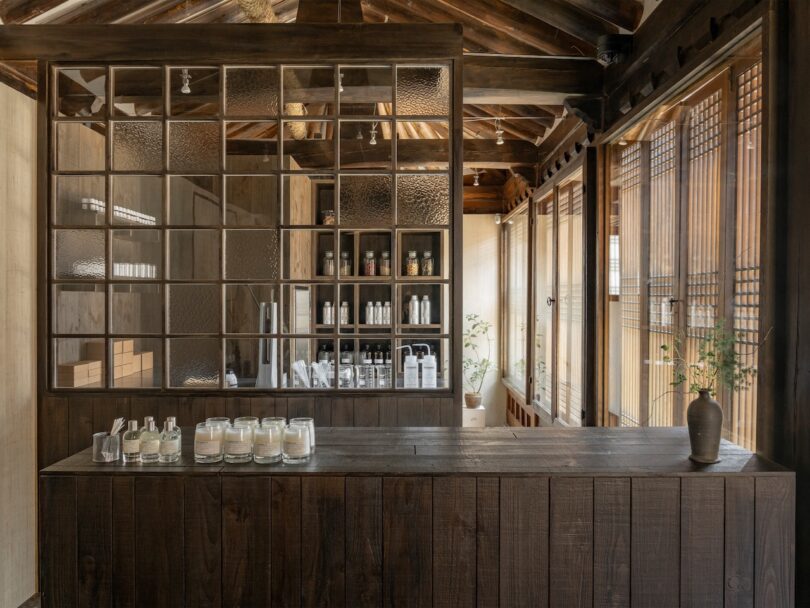
Hanji, Korea’s traditional mulberry paper, wraps shelving and walls, its fibrous texture softening harsh edges while maintaining the material honesty that characterizes both traditional Korean architecture and contemporary craft movements. Hand-dyed hemp, called sambe, creates intimate wall coverings that absorb sound and light. The fragrance organ room functions as both workshop and theater, where scent creation becomes visible performance. A custom wooden observation booth allows visitors to witness the hand-blending process.
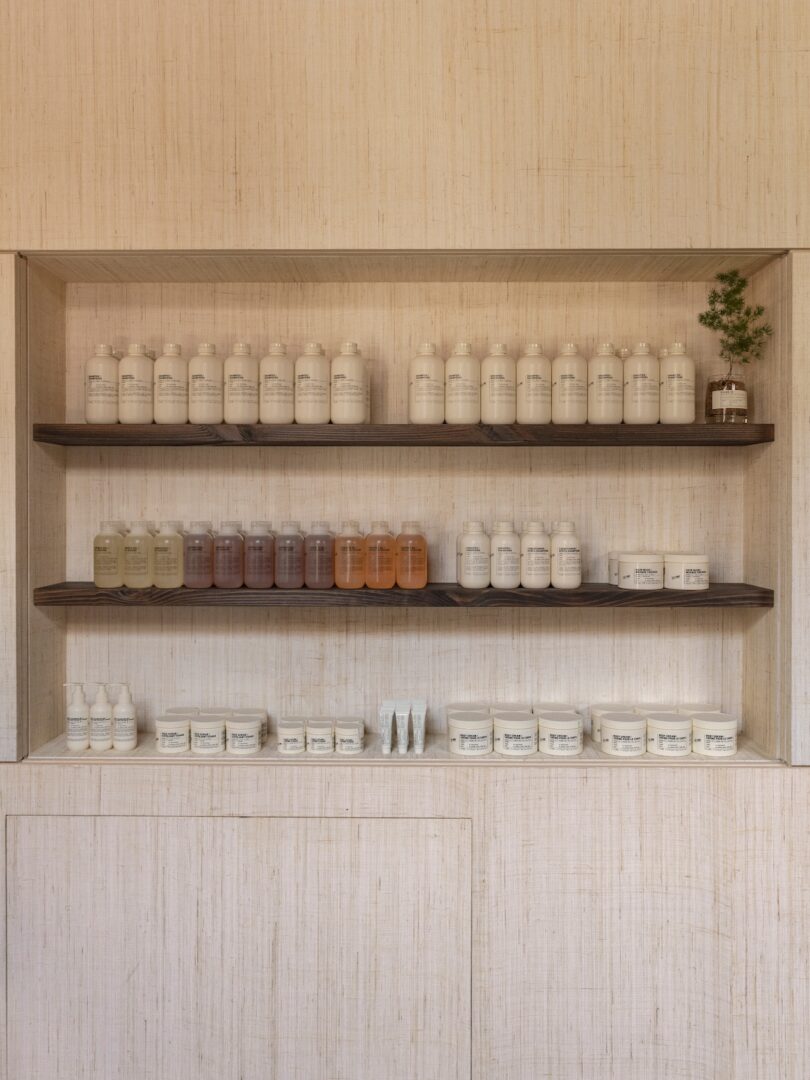
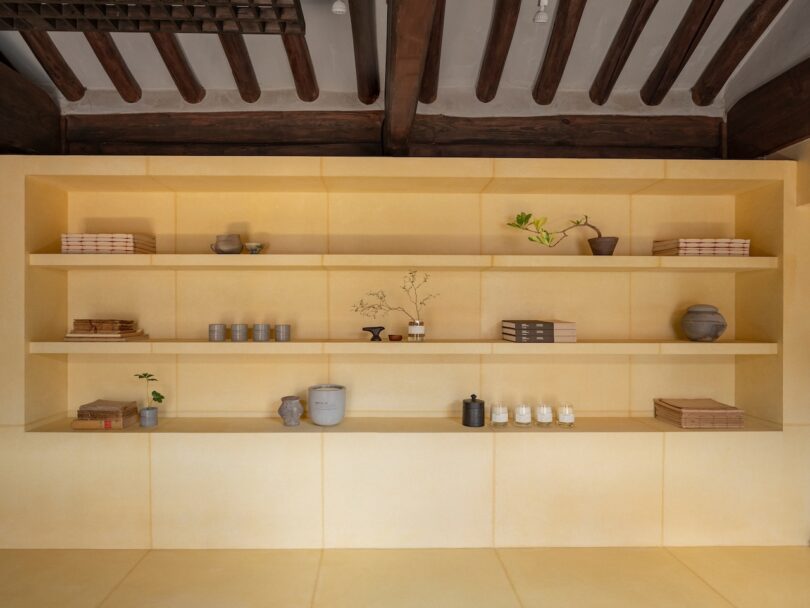
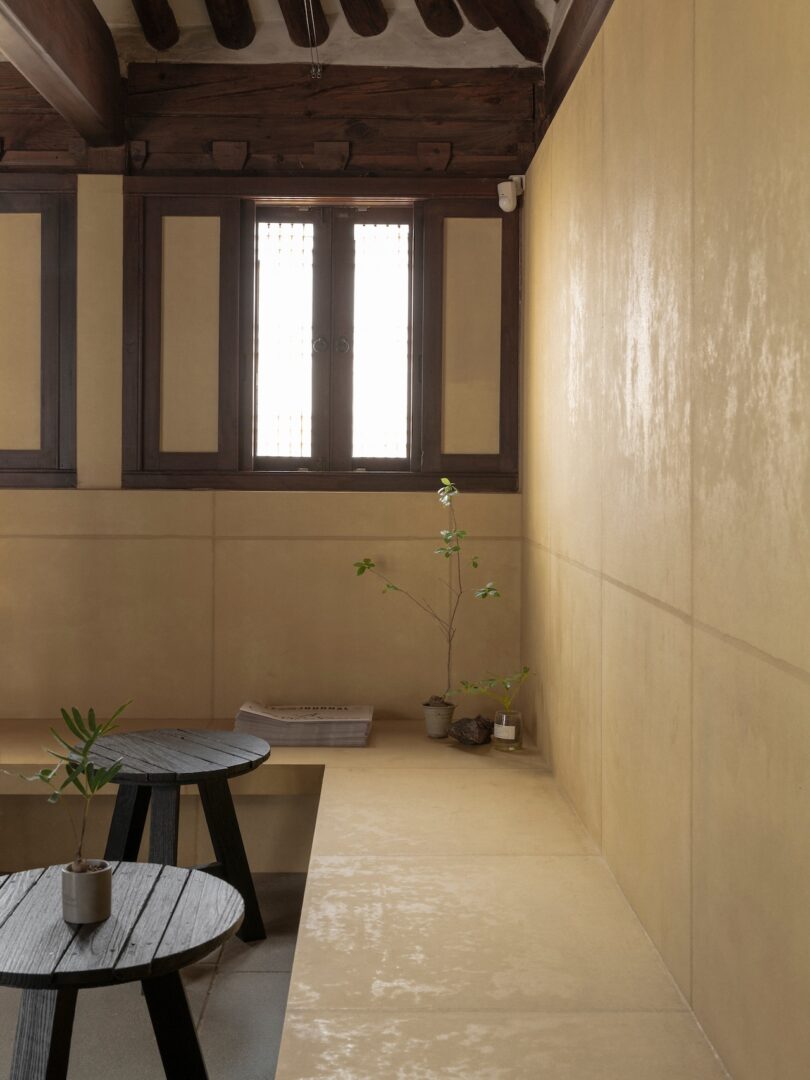

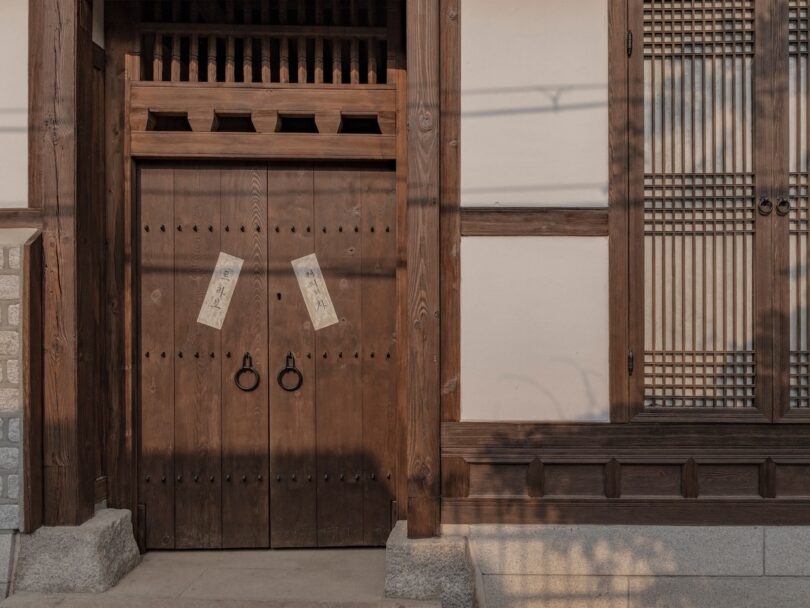
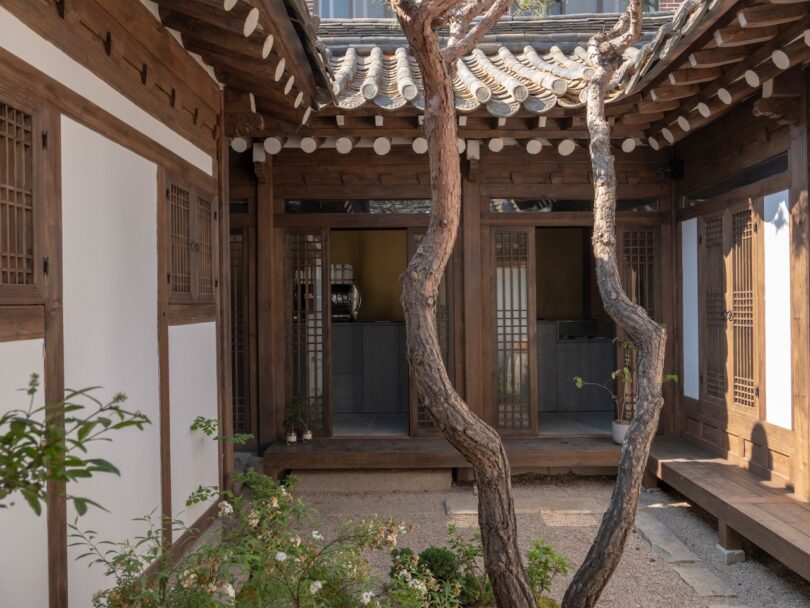
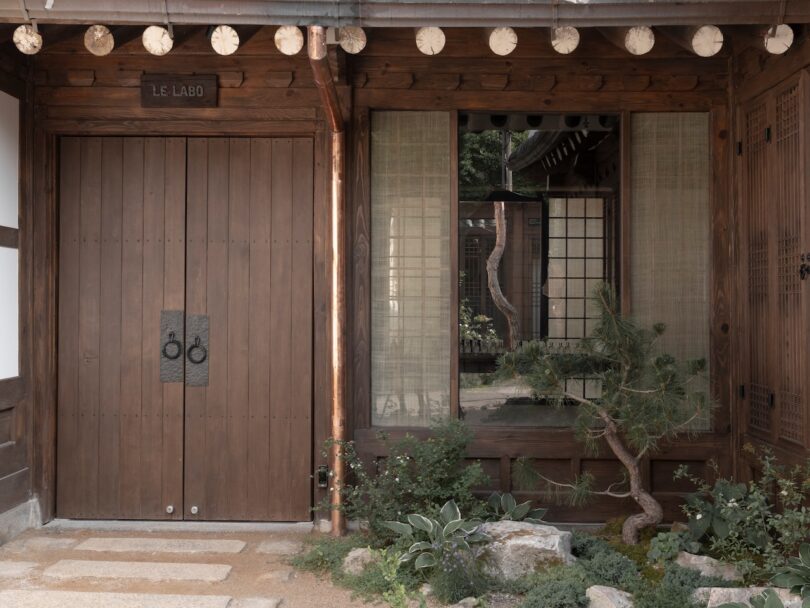
To learn more about Le Labo Bukchon Hanok in Seoul, visit lelabofragrances.com.
Photography courtesy of Le Labo.

